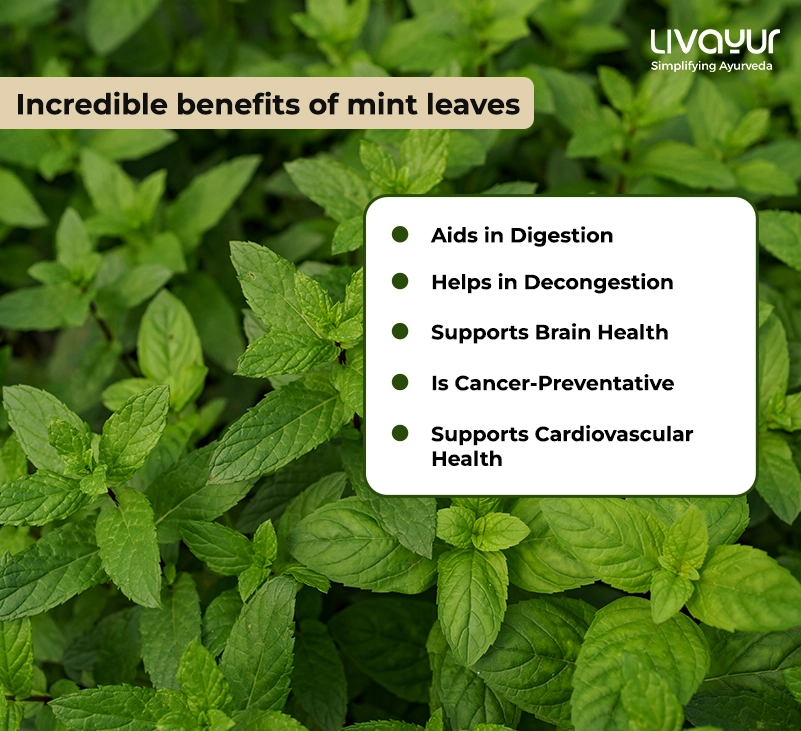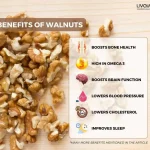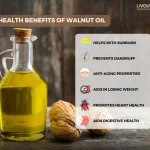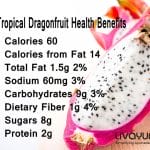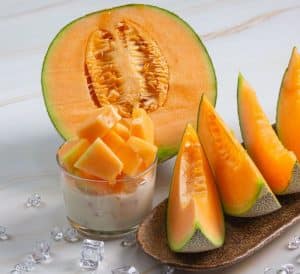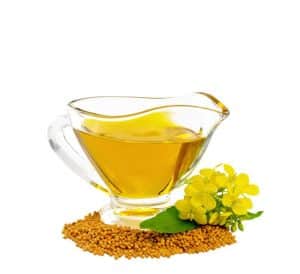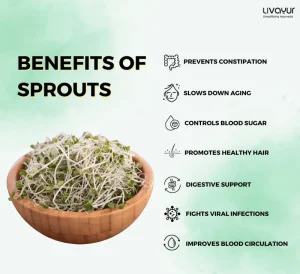This article is reviewed by an expert
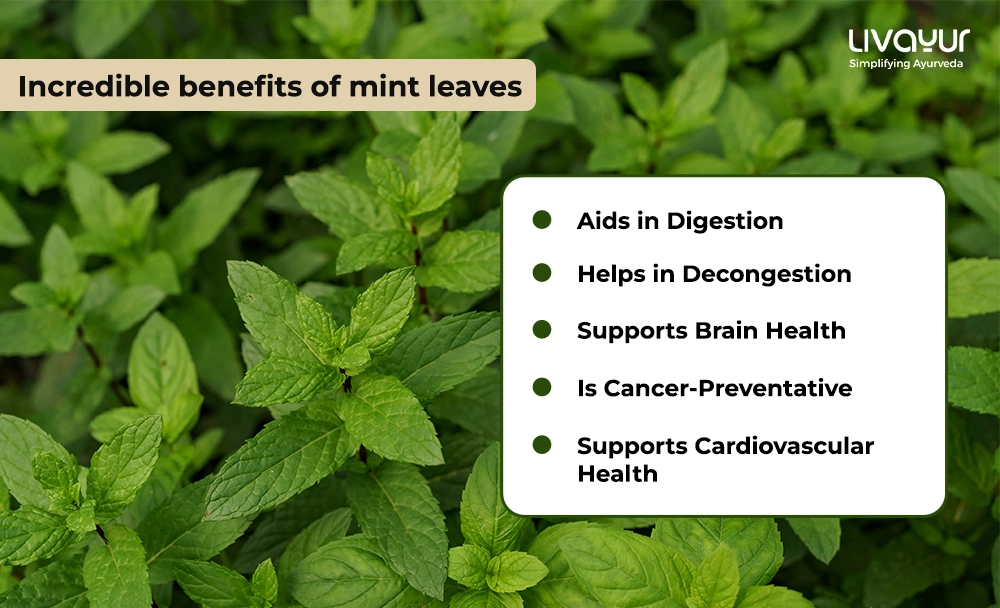
Looking for a natural way to improve your health and wellness? Look no further than mint!
Mint is rich in phytochemical compounds that offer multiple health benefits, including prevention of cancer development, weight loss, and improved cardiovascular health. It also exhibits antimicrobial, anti-inflammatory, and anti-diabetic effects, making it an excellent choice for those seeking a natural remedy for a wide range of health problems [1].
Let’s have a look at some of the benefits of mint leaves and start incorporating this incredible herb into our diet today.
Nutritional Value of Mint Leaves
The health benefits of mint leaves come mainly from the various nutrients present in the leaves. The table below shows the nutritional content of mint leaves.
| Nutrients | Value per 100 grams |
| Proteins | 3.29 grams |
| Energy | 44 Kcal |
| Carbohydrates | 8.41 grams |
| Fats | 0.73 grams |
| Fiber | 6.8 grams |
| Iron | 11.87 milligrams |
| Calcium | 199 milligrams |
| Magnesium | 63 milligrams |
| Phosphorus | 60 milligrams |
| Potassium | 458 milligrams |
| Sodium | 30 milligrams |
| Zinc | 1.09 milligram |
| Vitamin A | 203 micrograms |
| Vitamin C | 13.3 milligram |
| Vitamin B1 | 0.078 milligram |
| Vitamin B2 | 0.175 milligram |
| Vitamin B3 | 0.948 milligram |
| Vitamin B6 | 0.158 milligram |
| Vitamin B9 | 105 micrograms |
Source: USDA Nutrient Database
What are the Benefits of Mint Leaves [1]
1. Aids in Digestion
Primary Benefits: Mint has been used for centuries to treat digestive problems such as indigestion, IBS, stomach pain, and nausea. Peppermint oil, in particular, has been found to regulate muscle relaxation, control inflammation, and fight harmful microbes.
Secondary Benefits: In addition, mint also helps food pass through the stomach more quickly, reducing symptoms of indigestion.
2. Helps in Decongestion
Primary Benefits: The methanol in mint acts as a decongestant, easing chest congestion by loosening mucus in the lungs and shrinking swollen membranes in the nose.
Secondary Benefits: Therefore, one of the notable benefits of mint leaves is that it provides relief from symptoms of several respiratory illnesses, such as colds, flu, bronchitis, and allergies, and boosts overall respiratory health.
3. Supports Brain Health
Primary Benefits: Mint leaves can help enhance brain function, memory, and alertness. Several studies have also shown that the aroma of peppermint oil is beneficial in improving memory.
Secondary Benefits: Moreover, inhaling mint essential oil can instantly release serotonin in the blood, a neurotransmitter known for easing symptoms of stress and depression.
4. Is Cancer-Preventative
Primary Benefits: The benefits of mint leaves in preventing cancer are remarkable. Mint leaves contain perillyl alcohol, which has been shown to inhibit the growth of cancer cells in lab studies.
Secondary Benefits: In addition, mint leaves may also help reduce digestive issues, something many cancer patients deal with during treatment.
5. Supports Cardiovascular Health
Primary Benefits: Mint leaves exhibit myorelaxant activity, making them useful in preventing thrombovascular disorders, which are conditions that occur when a blood clot forms in a blood vessel, obstructing the flow of blood to vital organs such as the heart, lungs, or brain.
Secondary Benefits: By preventing thrombovascular disorders, mint leaves may reduce the risk of arterial thrombotic events, such as heart attacks, strokes, etc.
6. Alleviates Muscle Pain
Primary Benefits: The oil extracted from peppermint, one of the mint varieties, acts as a natural painkiller and muscle relaxer, making it helpful for soothing aching backs and sore muscles.
Secondary Benefits: This can be especially beneficial for individuals who experience chronic pain or discomfort due to conditions like arthritis and muscle strain.
7. Improves Skin Health
Primary Benefits: Mint leaves uses for skin are many. Mint exhibits anti-inflammatory and antibacterial properties that help treat acne and pimples. In addition, mint leaves are also rich in salicylic acid, which is known for treating acne and cleansing skin.
Secondary Benefits: The antioxidant properties of mint leaves also help remove free radicals from the body, giving you clear, glowing and youthful skin.
8. Promotes Oral Health
Primary Benefits: Mint leaves help improve oral hygiene and dental health by killing bacteria in the mouth and providing fresh breath.
Secondary Benefits: By getting rid of the bad bacteria from the mouth, mint leaves also help prevent the formation of plaque and tartar that can lead to cavities and gum disease.
9. Aids in Weight Loss
Primary Benefits: Mint leaves benefits for weight loss are many. Mint leaves are known to suppress appetite, reduce sugar cravings, and improve digestion.
Secondary Benefits: As such, mint leaves can potentially contribute to weight management efforts.
10. Boosts Hair Health
Primary Benefits: The oil extracted from mint leaves is believed to help stimulate hair growth and fight hair fall, as the herb contains many carotenoids and antioxidants. [3]
Secondary Benefits: While the antimicrobial and antifungal properties may help ward off dandruff and head lice, the cooling effects of menthol in mint help soothe the irritated scalp.
Ayurvedic View of Mint [2]
In Ayurveda, mint (Mentha arvensis Linn.) is a medicinal herb known as Pudina or Putiha. According to Ayurveda, there are numerous health benefits of mint leaves. The herb is said to possess the quality to pacify all three Doshas, especially the Pitta Dosha.
Ayurveda uses mint for several medicinal purposes. Here are some of the uses of mint according to Ayurveda.
- Ayurveda uses mint primarily to promote digestion and assimilation of food, treat colic pain, and activate the salivary glands in the mouth.
- The extracts of mint leaves are also used to treat intestinal worms and alleviate inflammation and irritable bowel syndrome.
- Mint oil has strong antiseptic and antibacterial properties and is therefore used in soothing the stomach and easing indigestion, diarrhea, and nausea caused due to motion sickness.
- The refreshing and aromatic properties of mint leaves are used in making soothing balms and essential oils, which help alleviate headaches and nausea.
- The extracts of mint leaves are also used in toothpaste, mouthwashes, and mouth fresheners to ward off bacteria causing bad breath and clear plaque deposited in teeth.
How to consume Mint Leaves?
You may consume in the following ways:
- You may chew raw mint leaves
- You may add mint leaves to water to make simple mint water
- You may add mint leaves to your salads and soups
- You may make mint chutneys for your dosas, pakodas, etc
- You may flavor your summer drinks like aam panna, khus khus sharbat, etc with mint leaves
- You may use mint leaves in various culinary preparations such as hariyali chicken, palak paneer, coriander rice, etc
Side Effects of Mint Leaves
1. It may trigger Asthma
For individuals who are sensitive to mint and have a history of asthma, inhaling the scent of the mint leaves may worsen their condition. [4]
2. It may cause a Miscarriage
Mint can act as a great muscle relaxant. The menthol in mint leaves can relax the uterine muscles, leading to miscarriage or premature delivery. [6]
3. It may trigger Skin Allergies
Individuals who are allergic to mint may develop skin rashes if they come in contact with the mint oil. [5]
4. It is unsuitable for Infants
Mint oil should not be given to infants in any way. Inhalation of mint oil can have a damaging effect on the infant’s health.
FAQs
1. What are the different types of mint?
The different types of mint are:
• Peppermint
• Spearmint
• Wild mint
• Apple mint
• Water mint
• Chocolate mint
• Pennyroyal mint
2. What are mint leaves called in India?
In India mint is popularly referred to as Pudina. There are many benefits of Pudina leaves. It is widely used in the scorching summer seasons as a cooling agent. Taking Pudina water is an age-old home remedy in India to beat the heat.
3. Is Tulsi a mint?
Tulsi or Holy Basil is not exactly like Pudina ke patte but both herbs belong to the mint family.
4. Can I take mint water regularly?
A few cups of mint water are considered more or less safe. But when it comes to pregnant women or individuals with allergies, mint water should not be taken without consulting a doctor.
5. How to dry mint leaves at home?
You can dry mint leaves at home by following the steps given below
• Wash the mint leaves thoroughly
• Drain the mint leaves of all the moisture
• Remove the stalks
• Leave them under the sun to dry out
• Once the mint leaves have dried out, you can store them in an airtight container.
Conclusion
Mint leaves offer incredible mint leaves benefits for our health and well-being, making them a valuable addition to our diets. The herb contains phytochemical compounds that provide multiple health benefits, including cancer prevention, weight loss, and improved cardiovascular health. In addition, mint leaves also help with digestion, respiration, brain health, muscle pain, skin health and oral health. By incorporating mint leaves into your daily routine, you can enjoy these benefits while also experiencing the refreshing and aromatic properties of this versatile herb.
Disclaimer
This article has been written from a health and wellness perspective and is not a substitute for medical advice.
References
- Chemical Composition and Therapeutic Effect of Mentha Species on Human Physiology
- Mentha arvensis (Pudina): A Review Based upon its Medicinal Properties
- Peppermint Oil Promotes Hair Growth without Toxic Signs
- Allergic Reaction to Mint Leads to Asthma
- Contact dermatitis as an adverse reaction to some topically used European herbal medicinal products – Part 3: Mentha × piperita – Solanum dulcamara*
- The effects of mint tea (Mentha spicata labiatae) consumed during pregnancy on postnatal morphometric development




